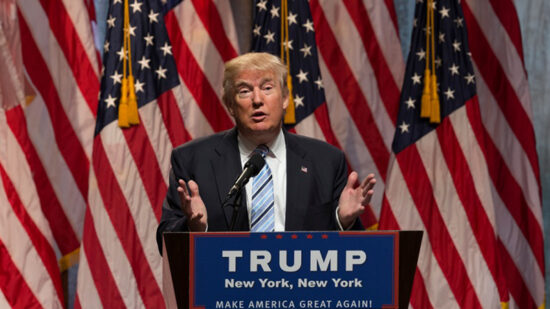Overnight, Bank of Japan governor Haruhiko Kuroda said the country’s base rate would drop to -0.1% in an attempt to generate increased spending and inflation.
Further quantitative easing had been expected but few investors expected negative rates.
Disappointing data
“Japan is now taking headline borrowing costs down to -0.1% as its central bank admits failure in its plans to generate a 2% inflation rate and confronts a fresh raft of disappointing economic data, in a stark warning to Western central banks who are imitating many of its policies,” said Russ Mould, investment director at AJ Bell.
“After more than 20 years of inflation below 1%, multiple interventions to weaken its currency and three major quantitative easing programmes, 2001-2006, 2010 and now 2013 onwards, Japan is still struggling to escape from the trap into which it plunged when its debt-fuelled stock market and property bubble burst in 1990,” Mould added. “The Bank of Japan has yet again put back when it expects to reach its 2% inflation target, this time to late 2017.”
New balances only
“The Bank of Japan has cut interest rates to -0.1% as it drops it’s headline inflation outlook for 2016 to 0.8% compared to 1.4% announced three months ago, no doubt partly driven by further falls in the oil price,” said Adrian Lowcock, head of investing, AXA Wealth. “The cut in rates is also in response to concerns over a Chinese slowdown and strengthening Yen. Whilst the headline figure is negative the Bank of Japan has introduced a tiered system and the negative interest will only apply to new balances.”
Caught by surprise
“The decision has caught many by surprise as further QE was expected but not negative rates,” Lowcock added. “Stock markets have reacted positively to the announcement and taken it as a clear sign that central banks are still willing to support markets.”
Sean Yokota, head of Asia strategy at SEB noted that further yen weakening will likely result and spring wage negotiations across the country will be effected.
“We think the Yen will weaken towards 126 because willingness and commitment to hit the 2% inflation target,” he said. “Governor Kuroda is still easing policy further despite dissentions increasing. He has also responded to criticism that the BoJ is running out of assets to purchase by introducing a new method – negative rates. Governor Kuroda delivered on his forward guidance today that BoJ can and is willing to do more in the future.”
“We are also watching two developments,” Yokota continued. “First, annual spring wage negotiations will be key. Compared to 2.4% increase in 2015, 2016 is expected to be lower at 2.0%. However, dipping below 2.0%, lower than BoJ inflation target of 2%, would be a negative development and hurt inflation expectations. Second, Prime Minister Shinzo Abe may delay the VAT hike from 8% to 10% scheduled for April 2017, which will be positive for the equity market and negative Yen.”








